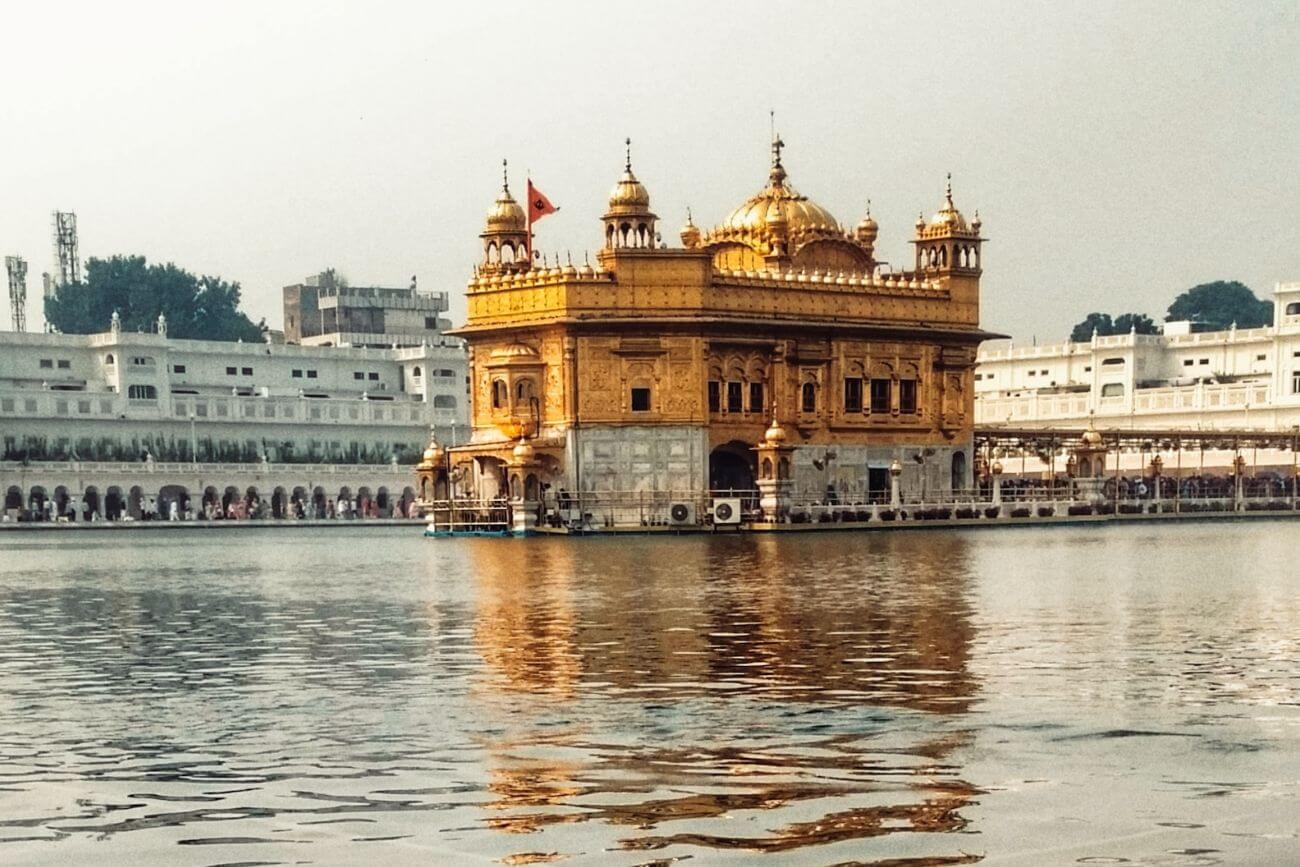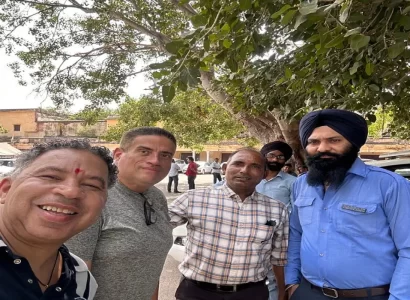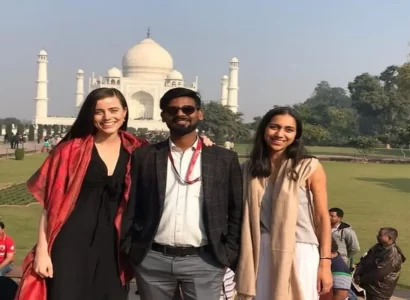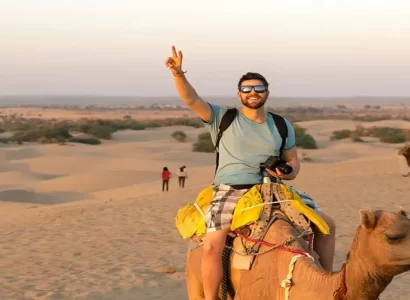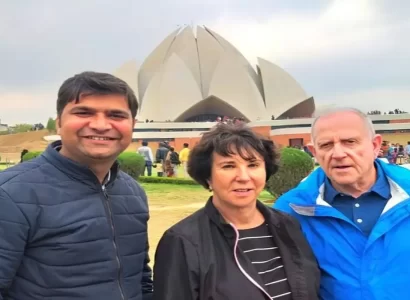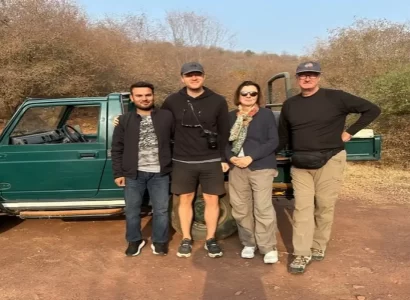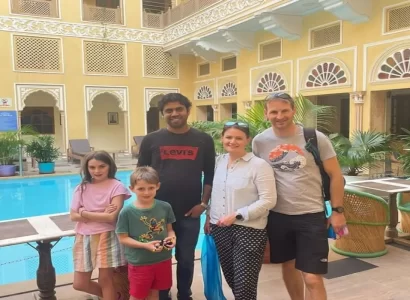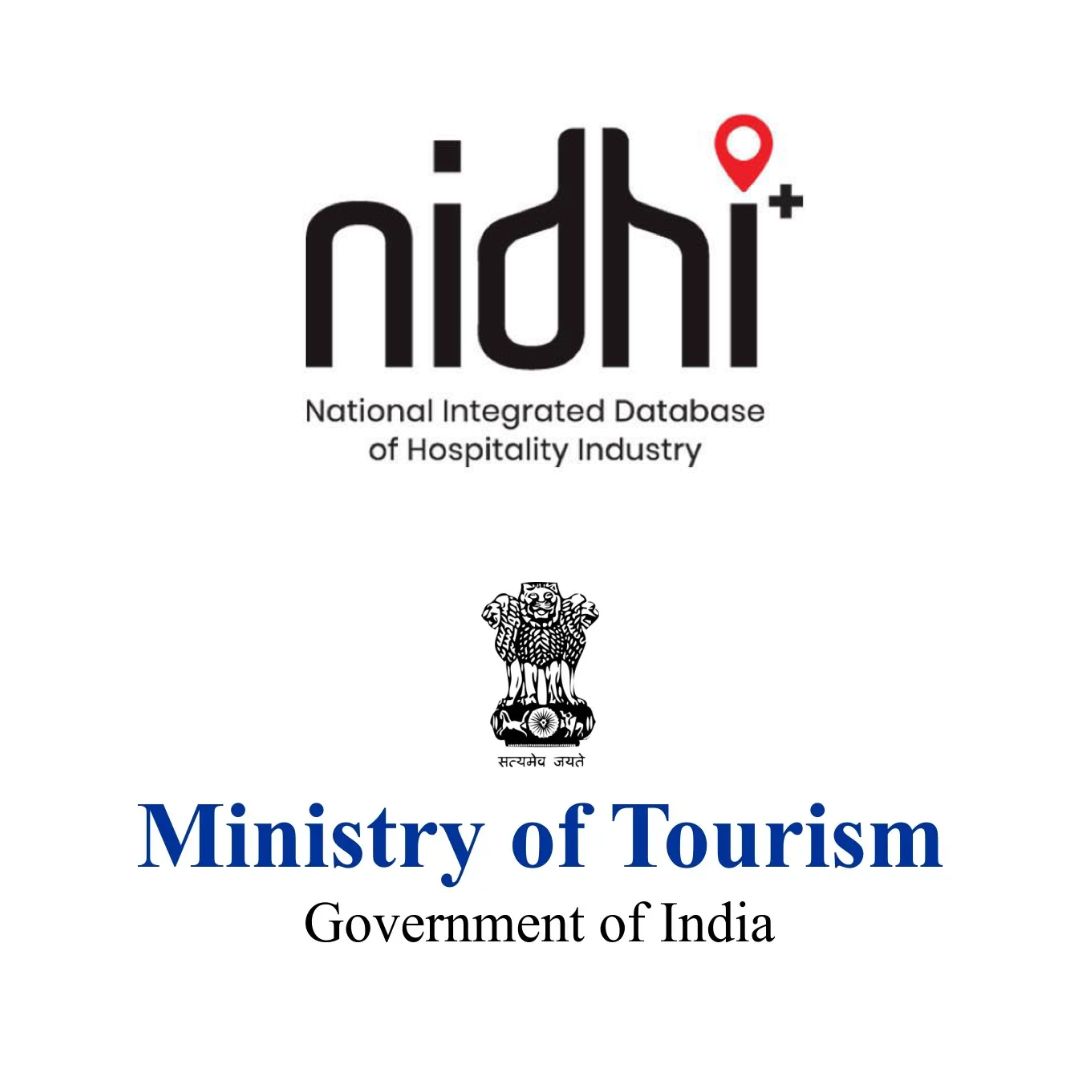A trip to Amritsar is like hitting gold in terms of travel. Amritsar, the largest city in Punjab, is one of India’s most spiritual cities. Every day, tens of thousands of devoted Sikhs and cultural tourists alike travel to Amritsar for one reason: to visit the iconic Golden Temple. Nothing beats strolling around the gleaming structure and sitting down with dozens of other visitors for a shared lunch from the temple’s large, volunteer-run kitchen.
But Amritsar isn’t just about the Golden Temple, but the city has a lot more to offer.
Let’s explore the top things to do in Amritsar-
THE GOLDEN TEMPLE –
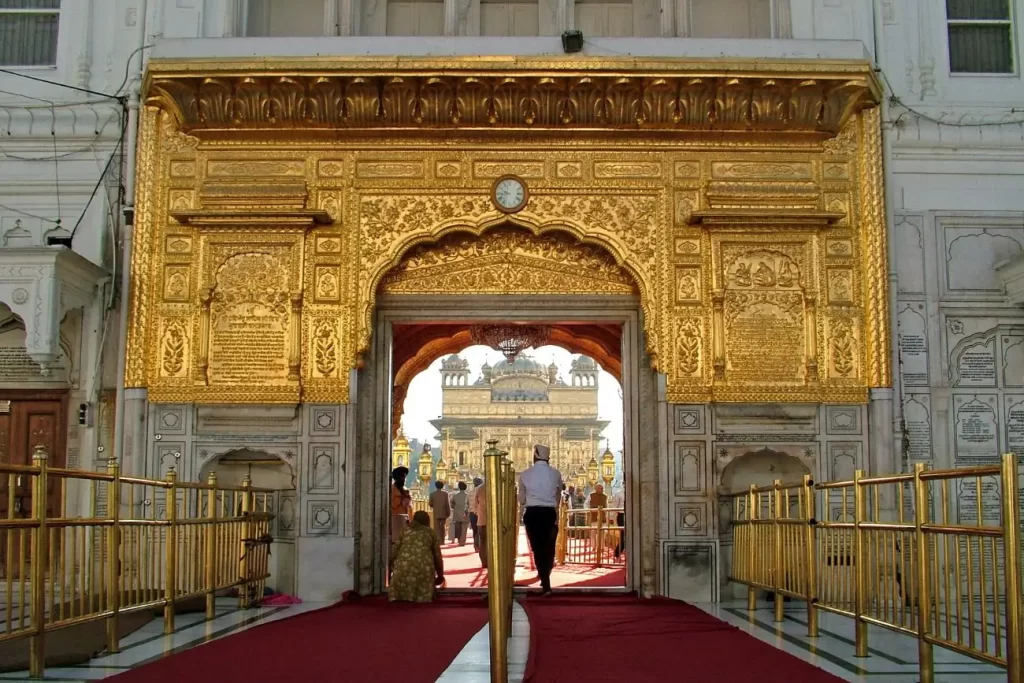
A two-story edifice plated in actual gold and encircled by a 5.1-meter-deep manmade lake, is Amritsar’s undisputed top attraction. But this fabled holy sanctuary is more than just a tourist attraction; it is one of the most sacred locations in the world for Sikhs, many of whom undertake a trip to the temple at least once in their lives.
You must cover your hair, remove your shoes, and step through a tiny stream of running water to cleanse your feet before entering the Gurdwara complex, which houses the Golden Temple. Then, as devotees chant and wash in the pool, you’ll walk clockwise on the inlaid marble road that surrounds it.
Making your way to the temple’s gleaming inner sanctum, where the priests chant hymns from the Guru Granth Sahib is so soothing to the senses. You can also volunteer to cook food in the grand kitchen wherein food for around 1,00,000 people is prepared every single day
WAGAH BORDER CEREMONY –
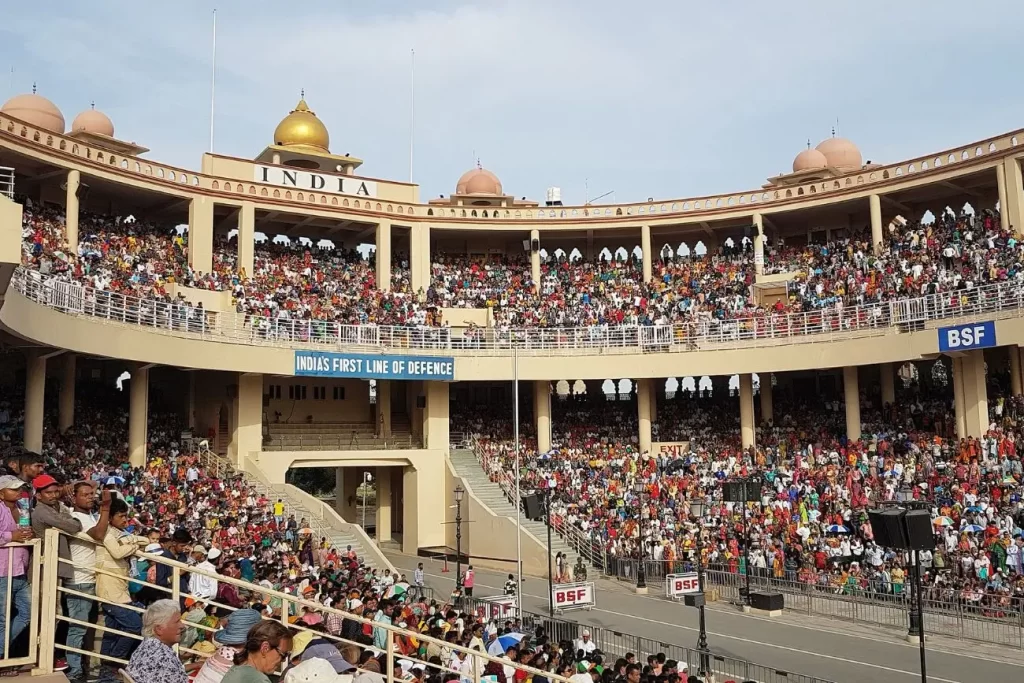
A 31-kilometer trip west from Amritsar’s city centre will take you to the Pakistani border, where an unusual border-closing ritual takes place every afternoon at dusk. The Beating Retreat Ceremony is full of pomp and scene, with goose-stepping guards from the Indian Border Security Force and the Pakistan Rangers saluting each other, lowering and folding their flags, and locking the border gates.
The experience allows tourists (who are usually placed in a special VIP section after flashing their foreign passport) to see the significant disparities between Pakistan and India.
Men and women sit apart in stadium-style seating on the Pakistan side, and the atmosphere is much more subdued. While, just 45 minutes long it gives you a plethora of stories to narrate back home.
PARTITION MUSEUM –
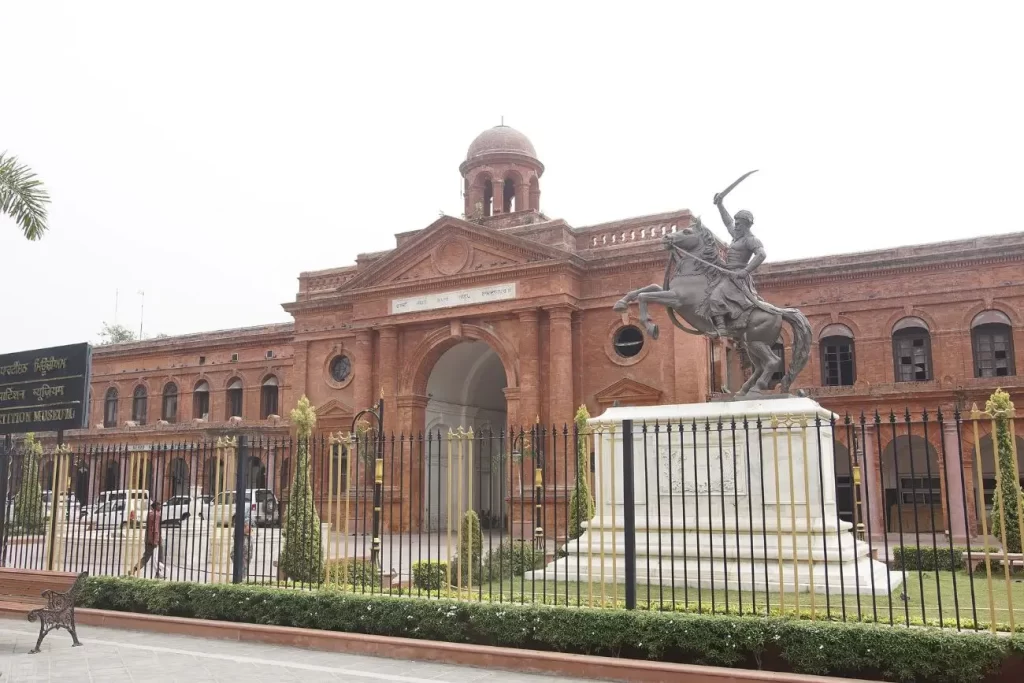
The year 1947 was significant for India. It was not only the year India earned independence from the United Kingdom, but it was also the year it separated into two separate states, India and Pakistan—an event known as the Partition of India.
Tourists in Amritsar can study about this watershed period in history at the Partition Museum, the world’s only institution dedicated solely to Partition. It includes a frightening collection of newspaper clippings, antique photographs, and oral histories from those who witnessed the bloodshed that led to the two countries’ split, as well as the resettling of refugees following the event.
The experience will provide you with a better understanding of the source of India-Pakistan animosity. On your way out of the museum, jot down a message and hang it on the Tree of Hope.
PUNJABI FOOD –
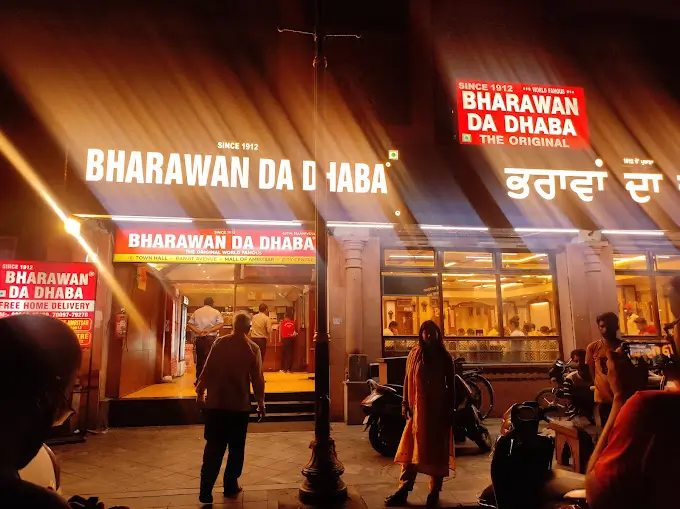
Bharawan Da Dhaba | Source: Google My Business
Punjabi cuisine is well-known for its spicy curries, pillowy flatbread, and tandoori-fired meats. If you want to partake in this colourful feasting custom, there is no better place to do so than in Amritsar.
Bharawan Da Dhaba, directly across the street from the Partition Museum, serves delectable Amritsari kulcha (mildly leavened flatbread) packed with Indian cheese or potatoes and served with spice chickpeas. Kanha Sweets, about a block away from the BBK DAV College for Women, serves the Punjabi breakfast staple chole puri (puffy bread with chickpea curry). The Beera Chicken House, across from the New Bhandari Hospital, serves tandoori chicken made from a decades-old recipe.
If you have a sweet craving, indulge in some piping-hot jalebi (all purpose flour spirals dipped in sugar syrup) at Gurdas Ram Jalebi Wala, just 400 metres from the Golden Temple.
MANDIR MATA LAL DEVI –
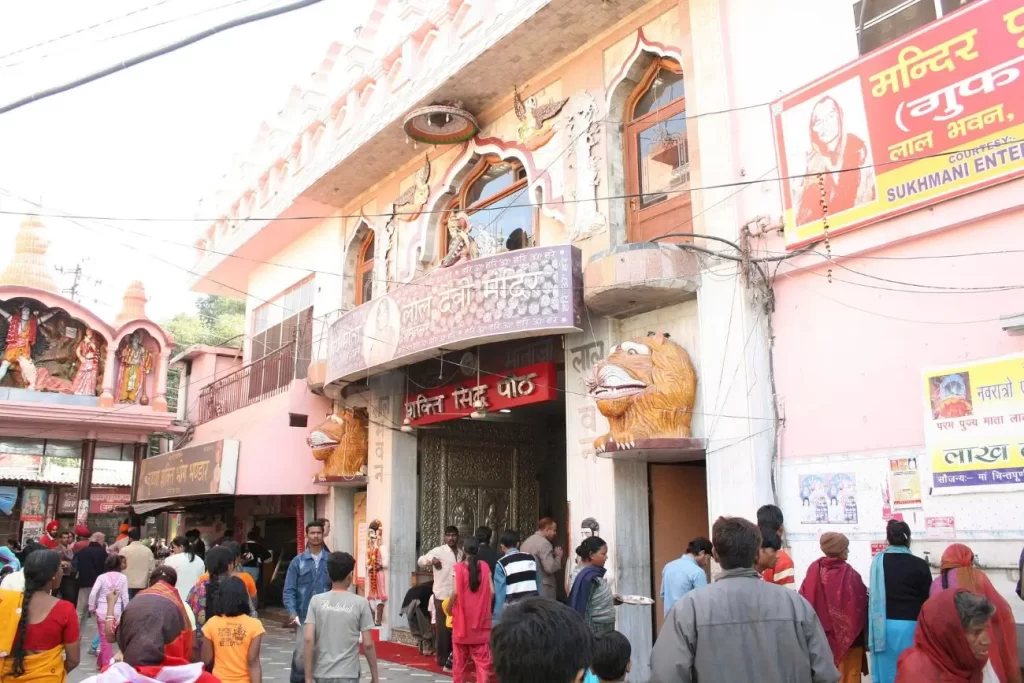
Mata Lal Devi Mandir, Amritsar
This temple is dedicated to Lal Mata, a Hindu Goddess, who is known to increase fertility in women. The way to the shrine is via narrow passages that lead to garish rooms covered in mirrored mosaics, walk through the open mouths of funhouse-style animal carvings, giant wooden cobras, and watery caves. This place provides a whole new perspective on Hinduism and it’s practices that are essentially a subset of Indian culture.
JALLIANWALA BAGH –
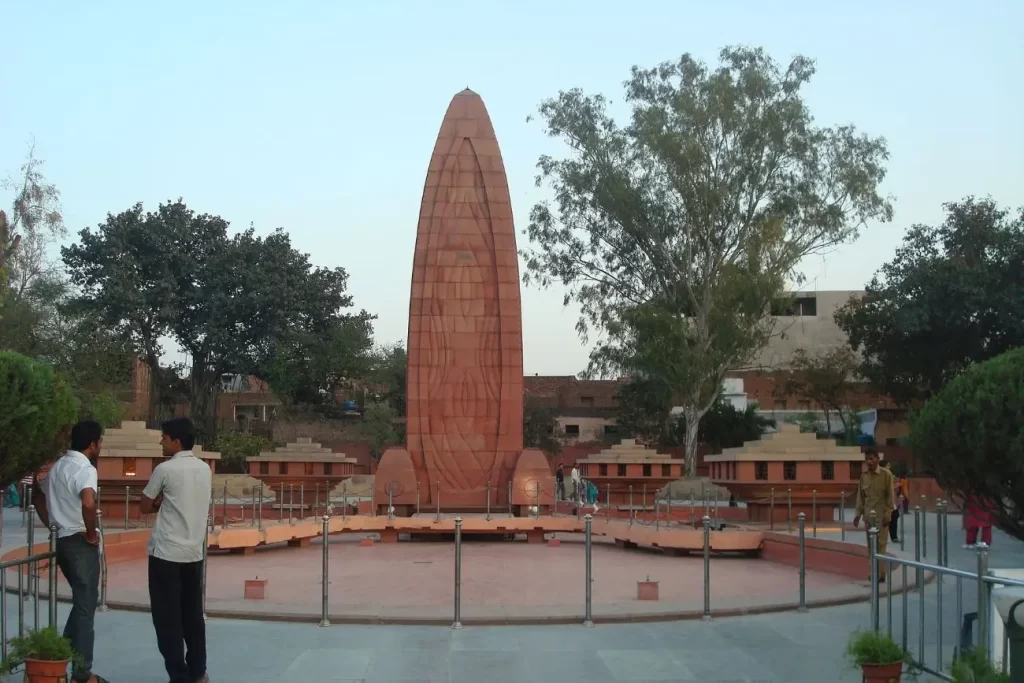
Jallianwala Bagh, located behind the Golden Temple, is an important tourist attraction in Amritsar. The public park honours the estimated 1,500 individuals killed or injured in 1919 when British soldiers were ordered to open fire on peaceful protesters demanding the release of imprisoned Indian Independence Movement leaders.
There are still bullet holes in the walls where hundreds of victims huddled to avoid the shooting. The Martyrs’ Gallery at the memorial site features images of key figures in Indian independence. You can also view an eternal flame and a sobering exhibition about the victims.
BABA ATAL TOWER –
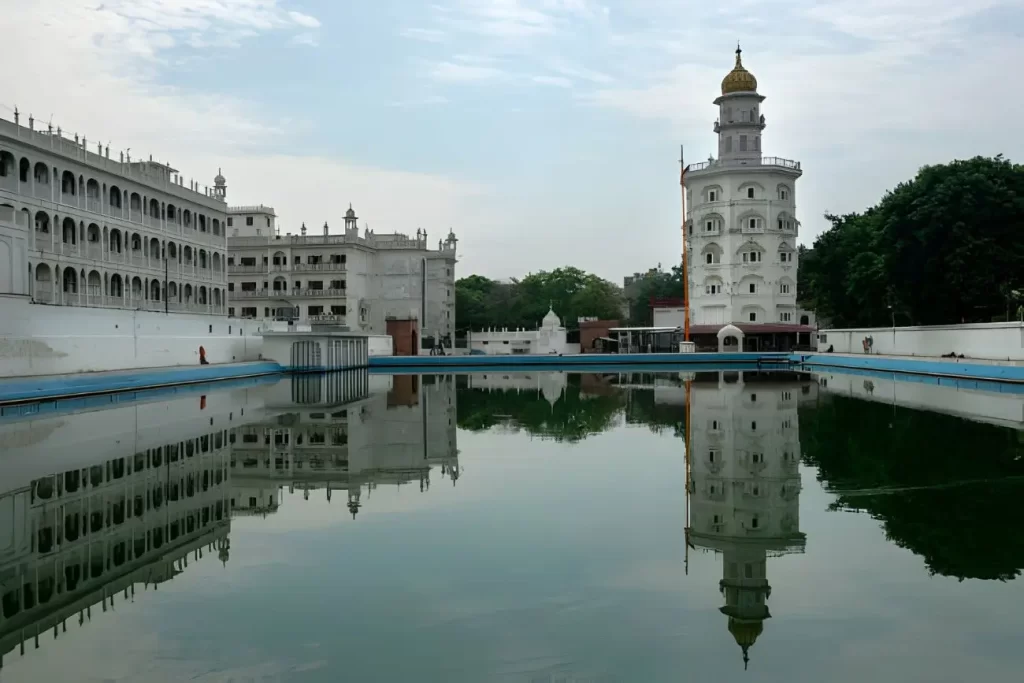
Often overshadowed by the Golden Temple, it is one of the tallest structures in Amritsar with 9 octagonal stories stacked 40 metres high. It is an architectural marvel devoted to Baba Atal Rai, son of a Sikh Guru.
As the popular discourse amongst locals suggest, Baba Atal Rai, brought someone back from dead and in return gave his life for committing the penance of interfering with God’s plan.
RAM BAGH GARDEN –
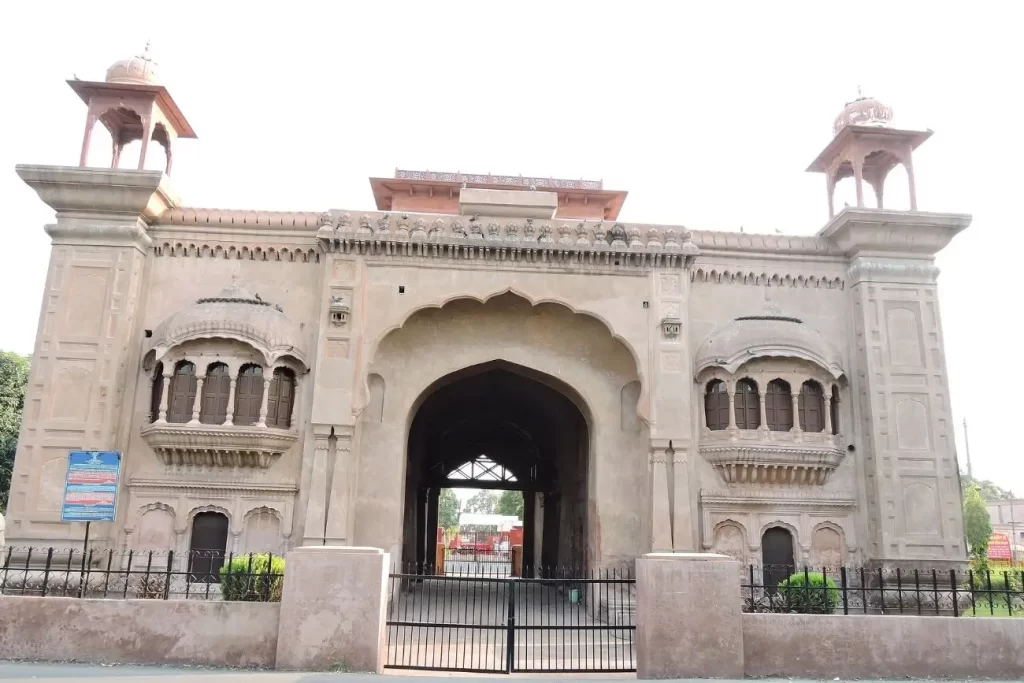
If you are done with the hustling streets of Amritsar and seek to take a walk amidst nature, head to Ram Bagh Garden. It is large park covered with rare plants, trees, flowers and water structures housing innumerable goldfish. At the centre it also has a humble two-storey, Redstone building called the historic Summer Palace. There is also a memorial of Maharaja Ranjit Singh, leader of Sikh Empire in 1800’s.
KHALSA COLLEGE –
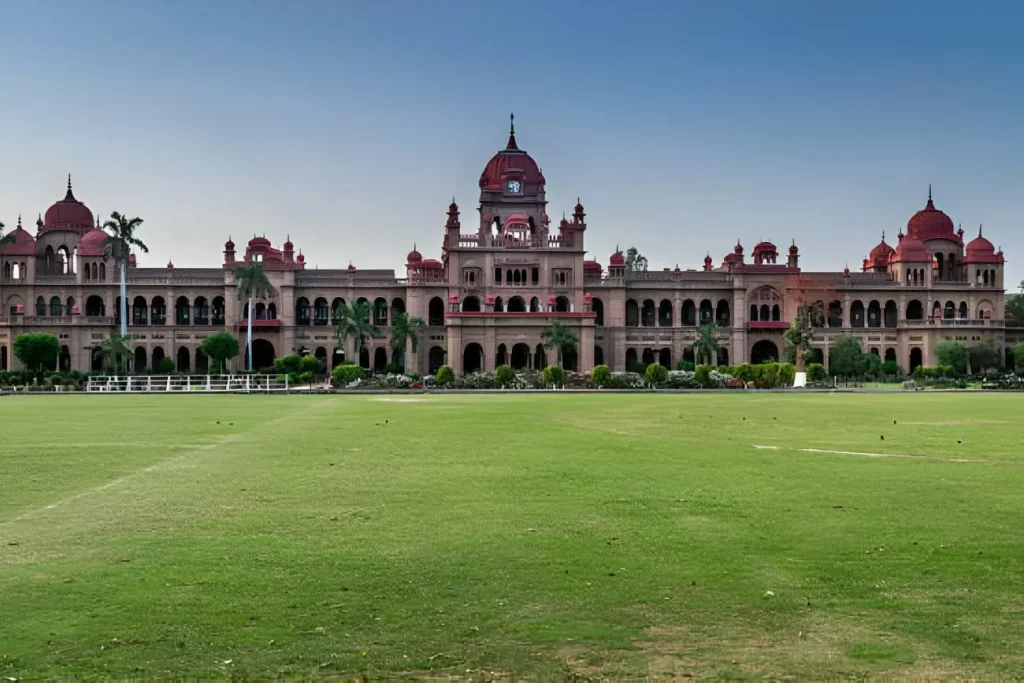
Visit Khalsa College on Grand Trunk Road in Amritsar if you are interested in architecture. The historic educational institution also serves as a premier example of 19th-century Indo-Saracenic architecture, a fusion of Western European aesthetics with the fervour of Indian and Persian forms.
The magnificent main edifice of Khalsa College is spectacular, with exquisite onion domes and scalloped archways, and has used as the background for numerous Bollywood films. Spend some time walking over the peaceful campus and gardens, but bear in mind that the academic and administrative buildings are only for students and staff.
HALL BAZAAR –
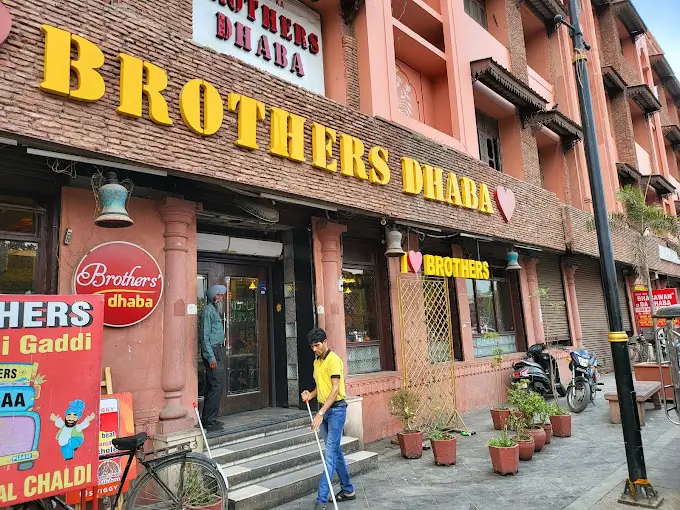
This marketplace is located right between the Golden Temple and the Partition Museum. It is the best place to buy souvenirs from your Amritsar Trip. From salwar kameez, to authentic Punjabi juttis, from textiles to jewellery and electronics – this is the ultimate spot! Bargaining with the shopkeepers, will provide you a chance to get stuff at cheapest prices possible.
Bade Bhai ka Brothers Dhaba has become a popular spot for tourists to sample Punjabi cuisine in a thali (a platter comprised of many different dishes). You can also enjoy fish fried to perfection at Pehelwan Amritsari Fish Shop or succulent curried meats at Bheeri Gali wali Dukan.
DURGIANA TEMPLE –
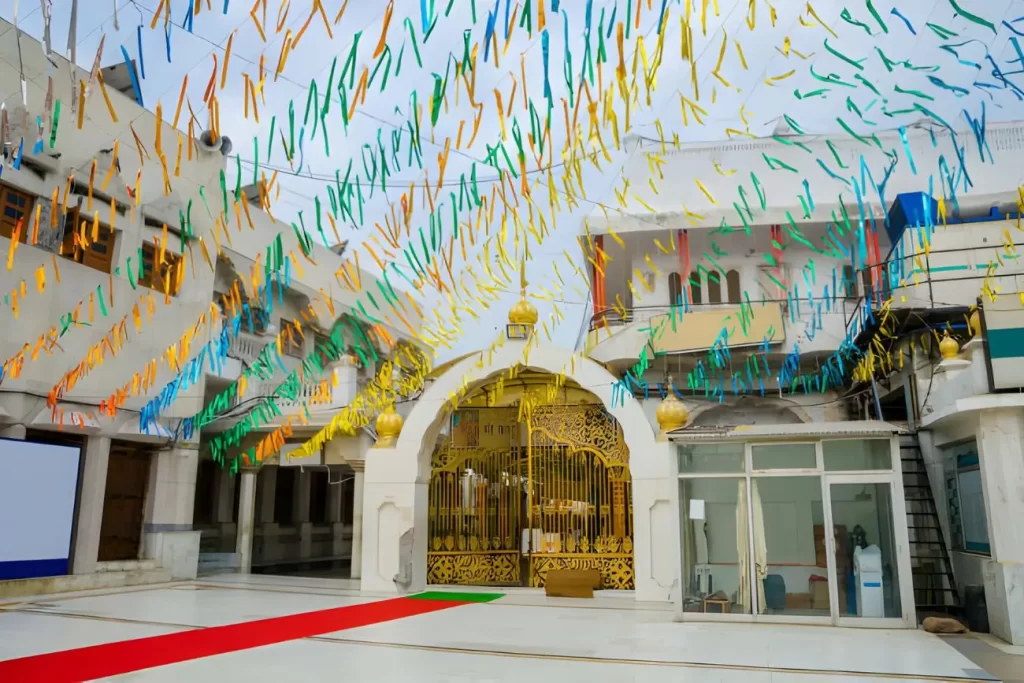
This temple is a gold-white marble façade, with silver doors carvings of Hindus Gods and Goddess. This temple is placed in the centre of a sacred lake and resembles the Golden Temple. It has shrines of Hindu Warrior Goddess Durga, Hindu Preserver God Vishnu and Hindu Goddess of Wealth and prosperity, Laxmi.
GOBINDGARH FORT –
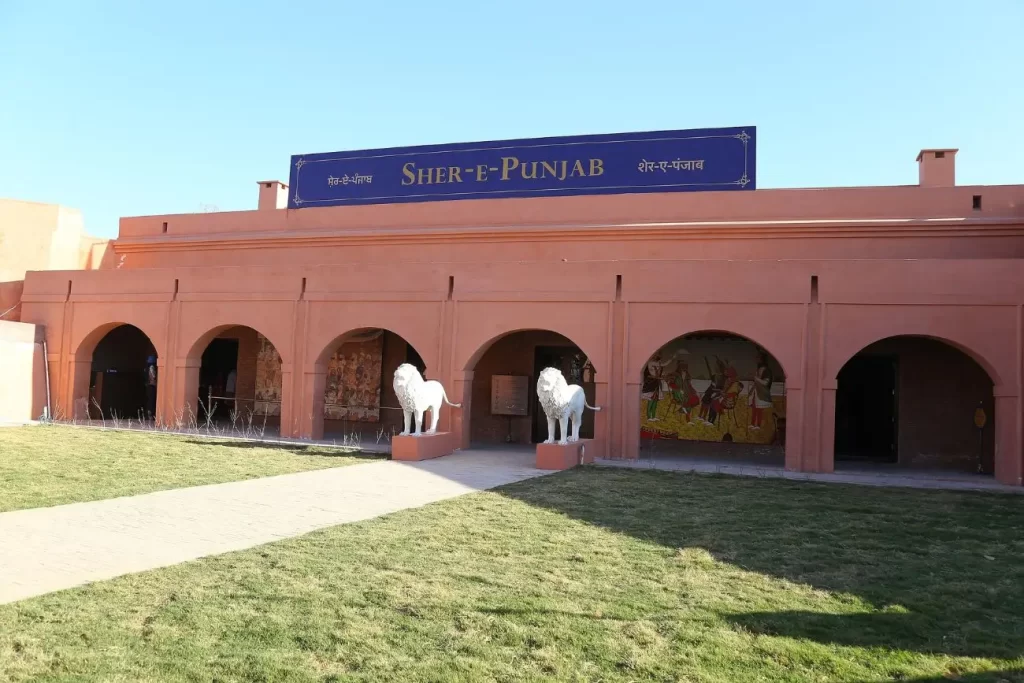
More than 250 years old, this fort dates back to times when Indian subcontinent was ruled by small fragmented kingdoms. Once this structure was in housed by 1200 men to protect the city from possible invaders. Now this has become an educational site for the study of Amritsar and India at large.
The complex contains four museums, including a Warfare Museum showcasing rare weapons, a Turban Museum explaining headgear from the region, and a Sikh Art Museum. Stick around after dark for the captivating light and sound shows projected on the fort’s Colonial Bungalow.
KHAIRUDDIN MOSQUE –
This is where the beauty of India as an amalgamator of faiths lies. Khairuddin mosque is a 150-year-old structure known for its exquisitely designed white and emerald buildings. It comprises of 3 domes and 4 minarets with intricate inlays on the sides.
Khairuddin Mosque is more than just a gorgeous sight; it is also an important historical site due to its involvement in India’s freedom movement. Tootie-e-Hind, Shah Attaullah Bukhari, exhorted the Indian people to strike back against the British colonisers at this point.
RAM TIRATH TEMPLE –
Located 12 kilometres west of city centre, this temple is devoted to Luva and Kusha the sons of Shri Ram and Sita from the Hindu epic Ramayana. It is believed that the two sons were born here. However, what attracts people to this temple is the eight feet tall statue of Valmiki, the writer of Ramayana, plated in roughly 800 kilograms of gold standing in the temple complex.
You will also find a sacred water tank, Sanskrit library. Congregational hall and a museum as well. The best time to visit the temple is roughly two weeks after Diwali wherein the atmosphere is all spiritual, with devotees taking ritualistic bath in the water of the sacred tank and lighting homemade diyas.
Amritsar, like many other cities in India is a perfect blend of modernity and culture. This place also has strong historical underpinnings and profound structures narrating story of the past. Visiting it is nothing but once in a lifetime experience.
